
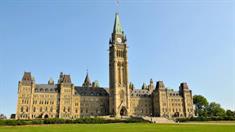
1. Parlamento de Canadá - Gratis - Horarios: varían según la época del año - https://www.parl.ca/ Capital de Canadá, hogar de la Galería Nacional de Canadá, el Canal Rideau y el festival Winterlude.[...]
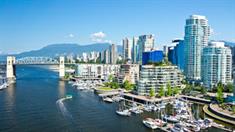
1. Stanley Park: este parque es uno de los más grandes de América del Norte y cuenta con una gran ca[...]
Moderna ciudad costera con la histórica isla Granville, playas, el puente colgante Capilano y Parque[...]
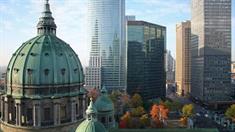
Montreal es una ciudad vibrante y llena de vida, con una rica historia y cultura. A continuación alg[...]
Ciudad canadiense conocida por Vieux-Montréal, la Basílica de Notre-Dame y el Jardín Botánico de Mon[...]
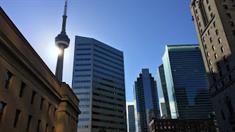
1. CN Tower: La torre de observación más alta del mundo, con vistas panorámicas de la ciudad. Precio[...]
Gran ciudad canadiense con la Torre CN, muchos parques, un extenso barrio chino y el Museo Real de O[...]
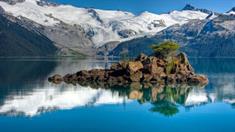
Whistler es una ciudad al norte de Vancouver, Columbia Británica, Canadá, donde se encuentra Whistle[...]
Estación alpina de esquí que fue sede de los Juegos Olímpicos de Invierno de 2010.Te recomendamos vi[...]
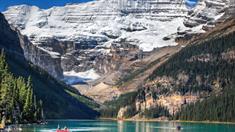
Aldea de las Montañas Rocosas canadienses famosa por el lago Louise, glaciares, montañas, fauna y es[...]

Parque nacional de las Montañas Rocosas con actividades anuales, una ciudad y lagos glaciares, como [...]
Parque en la montaña y lagos glaciaresTe recomendamos viajar entre el 19–26 ago. para obtener un bue[...]
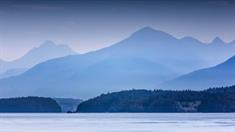
La isla de Vancouver, frente a la costa del Pacífico de Canadá, es conocida por el clima templado y [...]
Isla de Columbia Británica, Victoria, actividades al aire libre y Parque Nacional de la Cuenca del P[...]
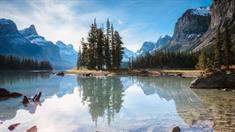
Amplio parque nacional (13.000 m²) conocido por su fauna, con vistas panorámicas, acampada, sen[...]
Amplia extensión natural en las Rocosas Canadienses con el Campo de hielo de Columbia, fauna y recre[...]
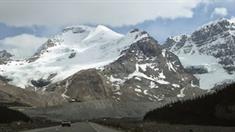
El glaciar Athabasca es un glaciar de las Montañas Rocosas de Canadá, en el Parque Nacional Jasper y[...]
Glaciar, lago, montaña y cañónTe recomendamos viajar entre el 19–26 ago. para obtener un buen precio[...]
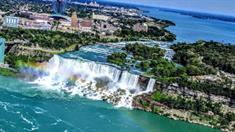
Región de los Grandes Lagos con las Cataratas del Niágara, viñas, sitios militares y sendero Bruce T[...]
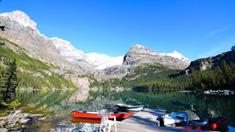
Parque nacional montañoso con depósitos de fósiles, cascadas, lagos, túneles ferroviarios y fauna si[...]
Parque nacional de la Columbia Británica en las Rocosas con la cascada Takakkaw, el lago Emerald y s[...]
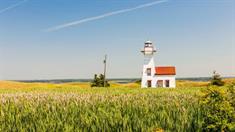
La Isla del Príncipe Eduardo es una de las provincias marítimas orientales de Canadá, frente a Nuevo[...]
Provincia pastoril con playas de arena roja, donde se ambientan los libros de "Anne of Green Gables"[...]

El lago Peyto es un lago de origen glaciar localizado en el Parque Nacional Banff, uno de los parque[...]
Lago, glaciar y montañaTe recomendamos viajar entre el 19–26 ago. para obtener un buen precio
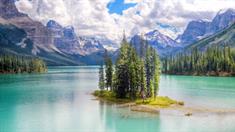
El Lago Maligne es un lago en el Parque Nacional Jasper, Alberta, Canadá. Es famoso por el color de[...]
Lago, cañón, alces alces, chalé y glaciarTe recomendamos viajar entre el 19–26 ago. para obtener un [...]

Las islas Thousand forman un archipiélago en el curso superior del río San Lorenzo en la frontera en[...]
Islas en el río San Lorenzo en la frontera de EE.UU. y Canadá, con el Castillo Boldt y viajes en bar[...]
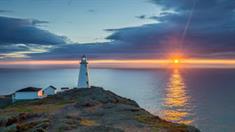
San Juan de Terranova es la capital y mayor ciudad de la provincia canadiense de Terranova y Labrado[...]
Capital costera con edificios coloridos, el histórico cerro Signal, museos regionales y recorridos e[...]

Las montañas de Adirondack es un macizo montañoso de los Estados Unidos en el noroeste del estado de[...]
Lago, senderismo, montaña y alces alces

Parque natural boscoso con una amplia variedad de fauna, lagos, campamentos y rutas de senderismo.
Parque provincial en Ontario, Canadá, con muchos lagos, rutas y el Algonquin Logging Museum.Te recom[...]
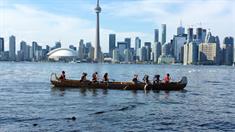
Lago, salmoninae, faro, navegación y pescaTe recomendamos viajar entre el 16–23 sept. para obtener u[...]
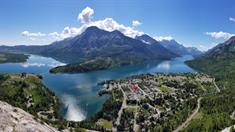
Parque nacional con vistas de la pradera y la montaña, y numerosas especies animales y vegetales.
Parque nacional en Alberta con lagos flanqueados por las Montañas Rocosas y el Red Rock Canyon Parkw[...]